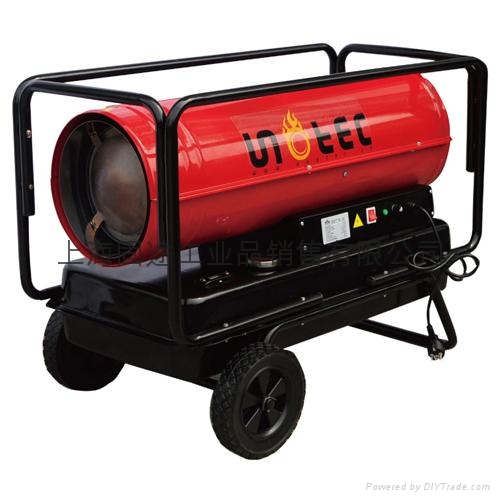Industrial heaters are manufactured for large commercial industries. The heating element is an important part of the furnace and is responsible for producing the heat that is required to warm the building to the correct temperature. Residential furnaces rely on coils to produce their heat, while industries utilize commercial heating elements. Some heating systems produce heat with the use of electricity instead of fuel-based heating processes.
The amount of heat an industrial heater can create will depend on a number of factors. The size of the heating element determines how much electricity is required to produce the right amount of heat for the industrial building. The heating element commonly uses silicon carbide to create heat. However, heating elements are available in a variety of forms such as coils or metal bars depending on the size of the industrial building. The ability to generate heat quickly, makes using silicon carbine a popular choice for many business owners.

Basic, older models may use a number of different metals such as ceramic or coated ceramic metals. Some industries use the energy from the heating element to melt materials during manufacturing processes. The heat energy is also used for simple blending, fusion processes or arc welding. The main advantage that is offered by using an industrial heating element instead of traditional heating methods is the fact there is no combustion.
This is convenient for industries because there isn’t a need for an exhaust system to be installed. This also results in a cleaner production facility and quieter production processes. An electric heating element will produce higher heating temperatures than other fuel-generated combustion methods. The system doesn’t need to be vented, however it does depend on fossil fuels at a different level. The electric is produced at large-scale power plants that burn coal.
This method can contribute to global-warming effects and pollution. Electric heating is often more expensive than other combustion heating processes. Other industrial heating methods include hot water heating plants. These are often older systems found in college universities and hospitals. Hot gases are formed as the fuel passes over tubes that are steam-generated. The boiling water rises to a drum where it separates due to gravity. The large tubes flow back into feed water drums.
The water is heated above the boiling point and goes through the hot gas chamber. The boiler is fueled by different sources including fossil fuel, coal or gas. Some facilities use geothermal heat, wood or agricultural biomass. The facility selects the energy source based on cost, heat load requirements and availability. Some facilities use a re-boiler to boost the heat of the incoming steam. There are a variety of industrial heaters found on the market today.
Industrial heating methods have improved over the past decade. More industries are relying on green heating systems to cut costs and become environmental friendly. Many universities and hospitals that are still using older heating methods are slowly replacing their heating systems with modern heating equipment. The cost of heating an industrial building is expected to remain the same over the next decade.
Joss Hume, an electrician who has worker with many different heating units. He recommends units created by Wattco Inc because in his opinion they are better than the others on the market.

